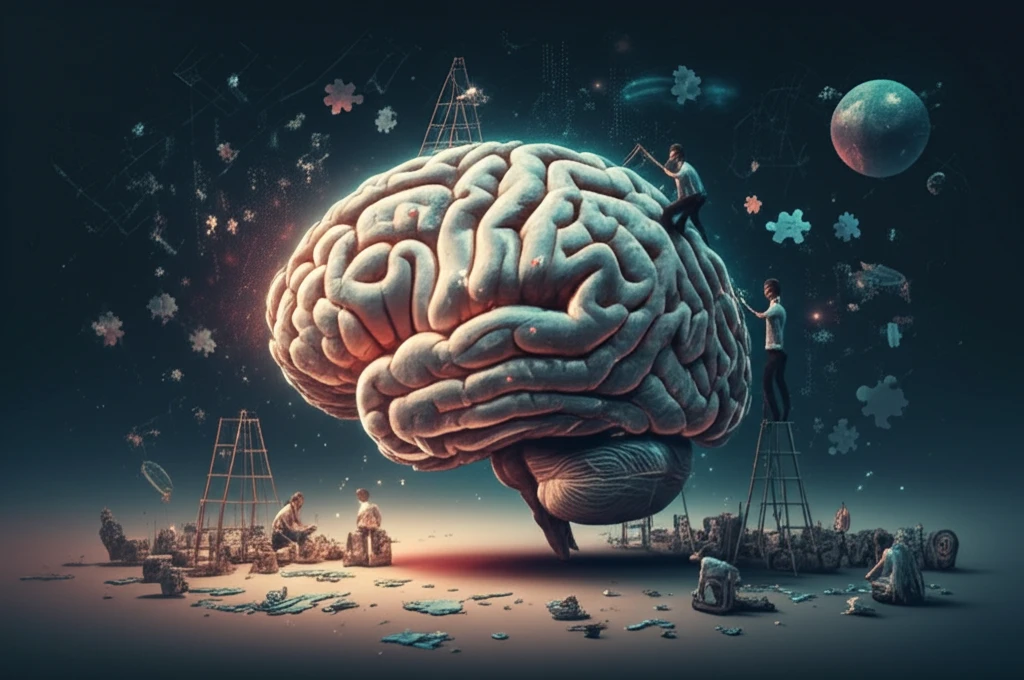
Decoding Common Knowledge: How to Make Smarter Decisions Together
"Unraveling the complexities of shared understanding in a world of information overload."
In today's rapidly evolving world, the ability to effectively coordinate and make decisions as a group is more critical than ever. Whether it's a corporate team strategizing a new product launch or a community addressing local challenges, shared understanding is the bedrock of success. But what happens when not everyone has the same information? How do we ensure that our collective decisions are based on the best possible foundation of common knowledge?
Traditional economic models often assume that individuals learn all relevant information over time, leading to a state of "common knowledge" where everyone is on the same page. However, real-world scenarios are rarely so straightforward. People have access to different sources of information, interpret data differently, and may have limited capacity to process everything. This creates gaps in understanding that can hinder collaboration and lead to suboptimal outcomes.
This article delves into the fascinating area of "common identification and common learning," exploring what happens when people can't learn everything but still need to work together. Drawing from the work of Martin W. Cripps and other leading researchers, we'll break down complex concepts into practical insights that you can use to improve teamwork, strategic planning, and collective learning in any setting.
What is Common Identification and Why Does It Matter?

Imagine a group of analysts trying to predict market trends. Each analyst receives different data feeds, some more reliable than others. While individual analysts might become skilled at identifying certain patterns, they might not grasp the full picture or understand what others know. This is where the concept of "common identification" comes into play. It refers to the shared understanding of what can be collectively learned, even when individual knowledge is incomplete.
- Enhanced Coordination: Knowing what others commonly understand allows for smoother and more aligned actions.
- Strategic Alignment: Facilitates the creation of strategies based on shared realities, rather than individual assumptions.
- Improved Communication: Reduces the likelihood of misinterpretations by focusing discussions on commonly identified knowledge.
- Stronger Trust: Promotes confidence among team members, as they know everyone is operating from a similar base of understanding.
From Theory to Practice: Embracing Shared Understanding
While the concepts of common identification and learning might seem abstract, their implications are profoundly practical. By fostering a culture of transparency, encouraging open communication, and actively seeking to align understandings, teams and organizations can significantly enhance their collective intelligence. Embracing these principles paves the way for better decisions, stronger collaborations, and more successful outcomes.
